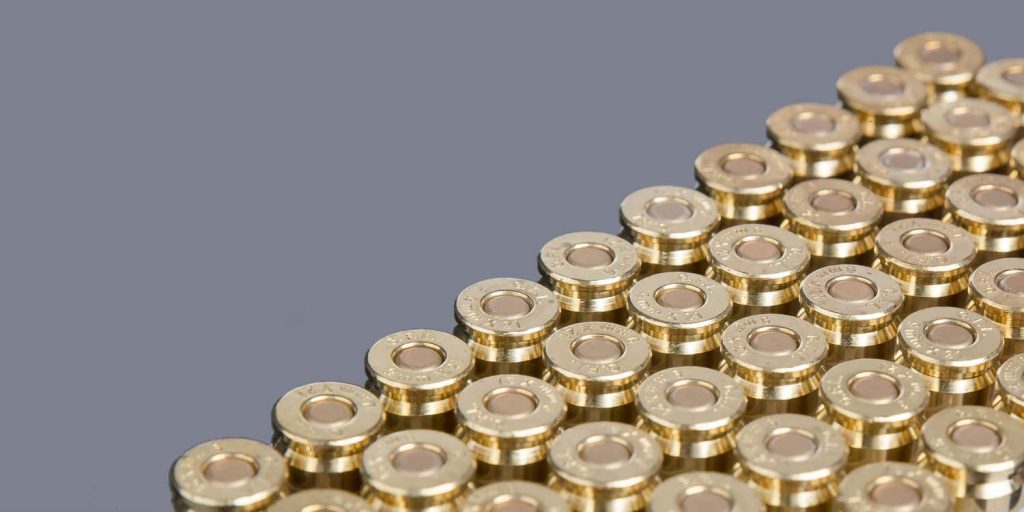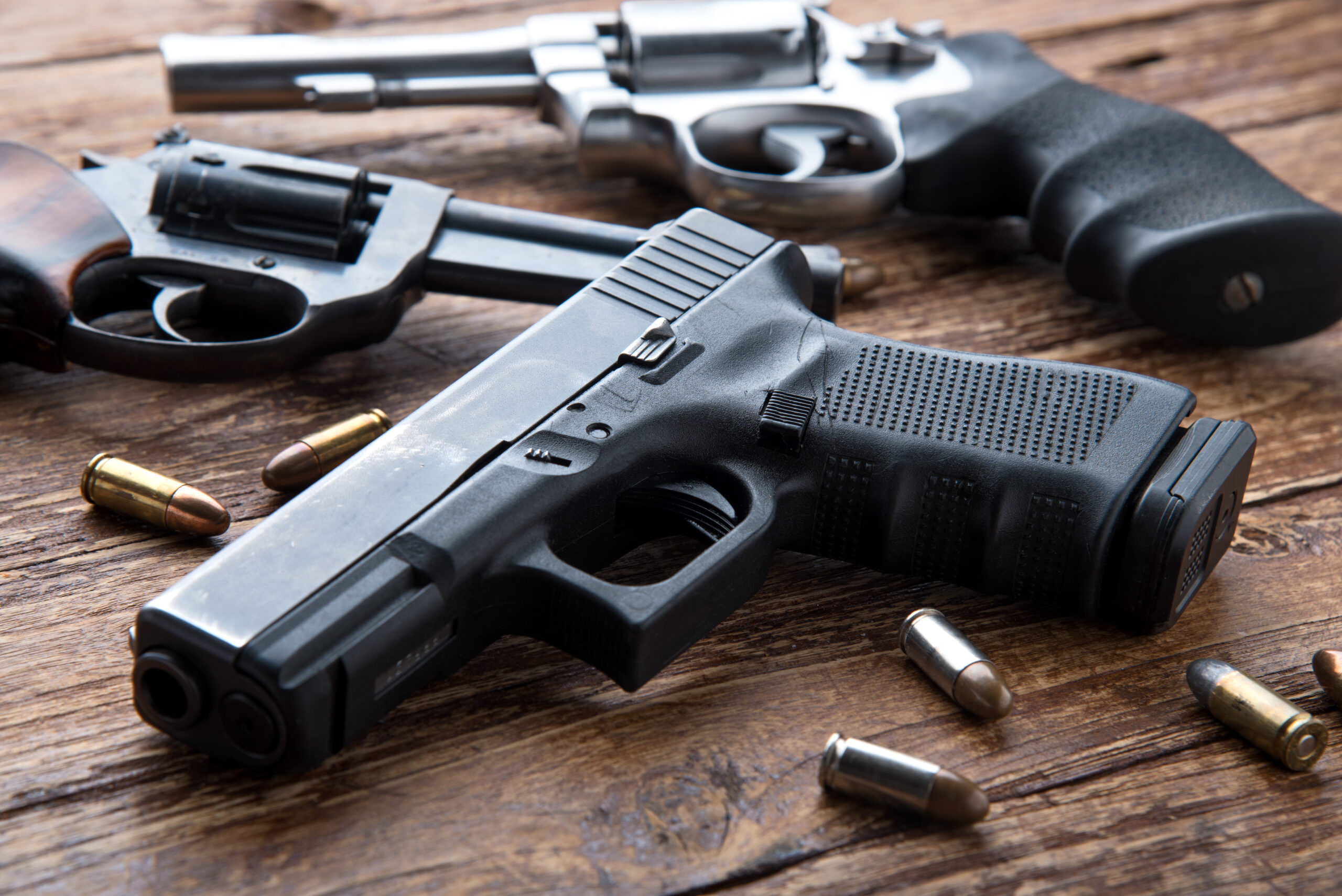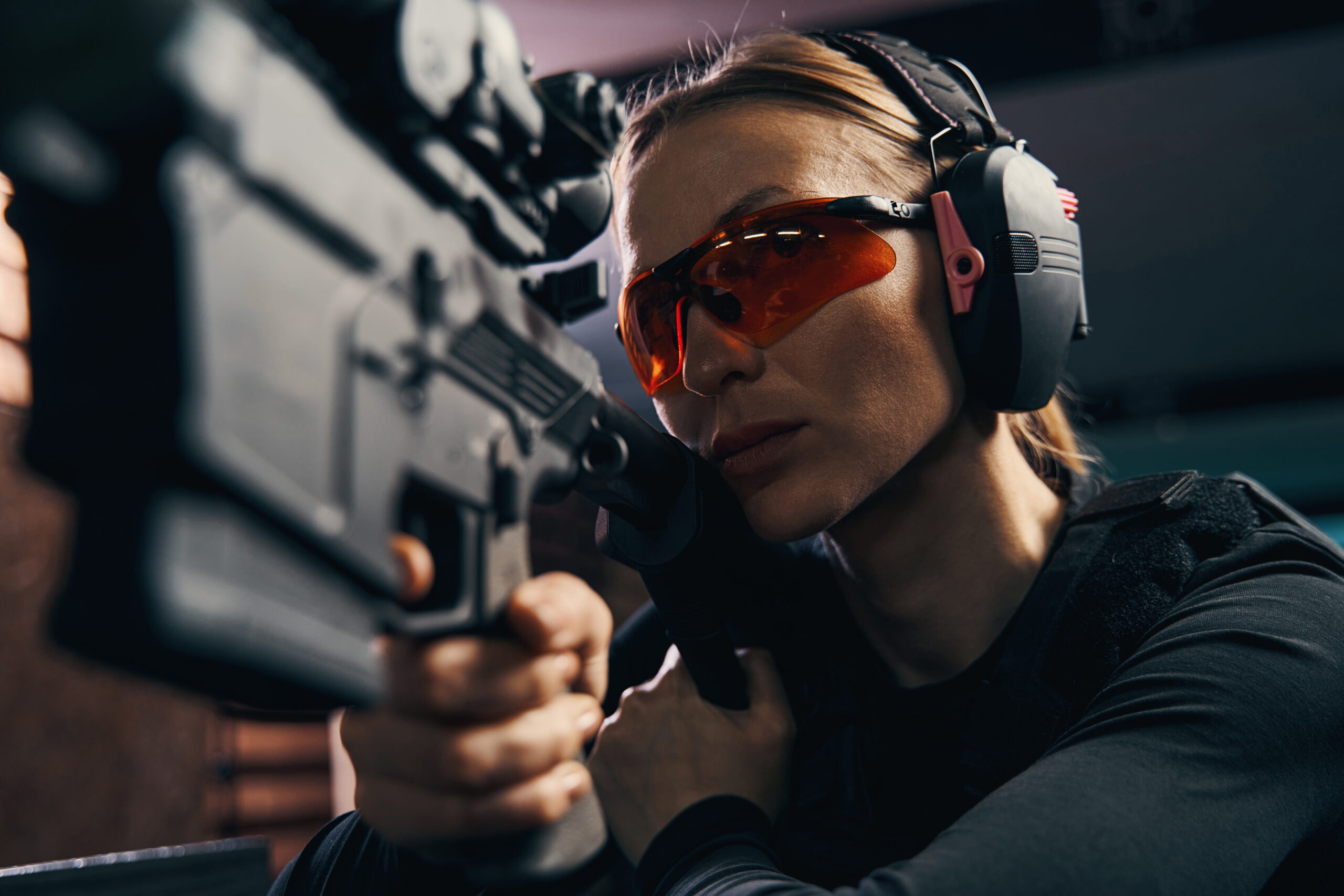If you are new to the world of firearms, the terminology can be a bit confusing at first. When buying ammunition, there are a variety of things to be aware of. The most basic is caliber, which is the diameter of the bullet and which corresponds to the diameter of your gun’s barrel. Another difference to be aware of is rimfire vs centerfire.
Ammunition Overview
Before diving into the difference between rimfire and centerfire, it’s helpful to give a brief overview of how ammunition works and some key terms to know.
To start with, it’s important to know the difference between a bullet and a cartridge. Some people use these two terms interchangeably, but they are two different things. The cartridge is the entire unit that you load into your gun, whereas the bullet is the part that leaves the barrel when you fire.
The cartridge consists of four elements: the bullet, the primer, the propellant, and the casing. When you fire the gun, the pin strikes the primer of the cartridge, creating a spark that ignites the propellant. This results in a small explosion which propels the bullet forward and out of the gun.
This general process is the same regardless of the type of ammunition. What the difference is between rimfire and centerfire is the primer.
Centerfire Ammunition
Centerfire ammunition is a few decades older than rimfire. Whereas centerfire dates back to the 1810s, rimfire was first used around 1845.
With centerfire ammunition, the firing pin strikes in the center of the bottom of the cartridge. It’s pretty easy to identify centerfire cartridges because you can see the circular primer when you look at the bottom.
There are two types of centerfire primers: boxer primers (which have a single flash hole) and berdan primers (which have two flash holes).
Pros and Cons of Centerfire
Pros
Centerfire ammunition is more reliable than rimfire, which is why it is more common for both civilians and law enforcement. Most of these cartridges are also reloadable.
Cons
The main downside is that centerfire ammo is more expensive.
Rimfire Ammunition
With rimfire ammunition, the firing pin strikes the rim of the cartridge. 22LR is the most common type of rimfire ammo. This type of ammunition is most commonly used for varmint hunting or plinking, since it is overall less reliable than centerfire.
Pros and Cons of Rimfire
Pros
The major benefit of rimfire is that it is cheaper, so you can shoot more of it for a lower price. Since it is limited to smaller calibers, it also has less recoil, which can be beneficial for some shooters.
Cons
Rimfire rounds are less reliable than centerfire, which makes them less ideal for self-defense. They also cannot be reloaded. Additionally, rimfire ammunition is only available in smaller calibers, so if you want a larger caliber gun, it typically won’t be an option.
Browse Guns and Ammo at The Hub
At The Hub, we have a wide selection of guns, ammunition, and accessories. Whether you prefer centerfire or rimfire, we have options for you. If you visit us in Tucson or Lakeside, you can even try out different firearms at our shooting range and you’ll get a discount on any guns you try before you buy.












